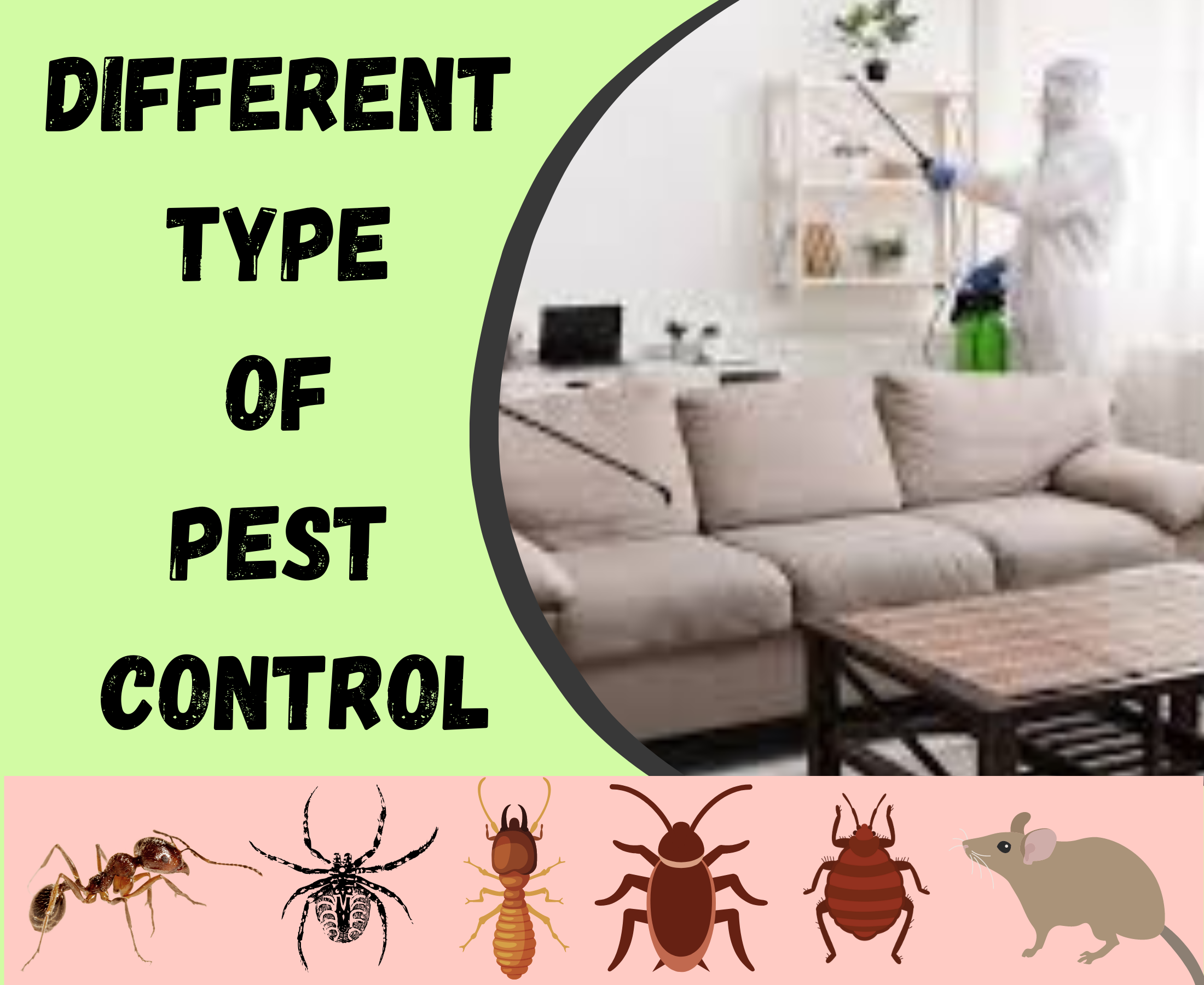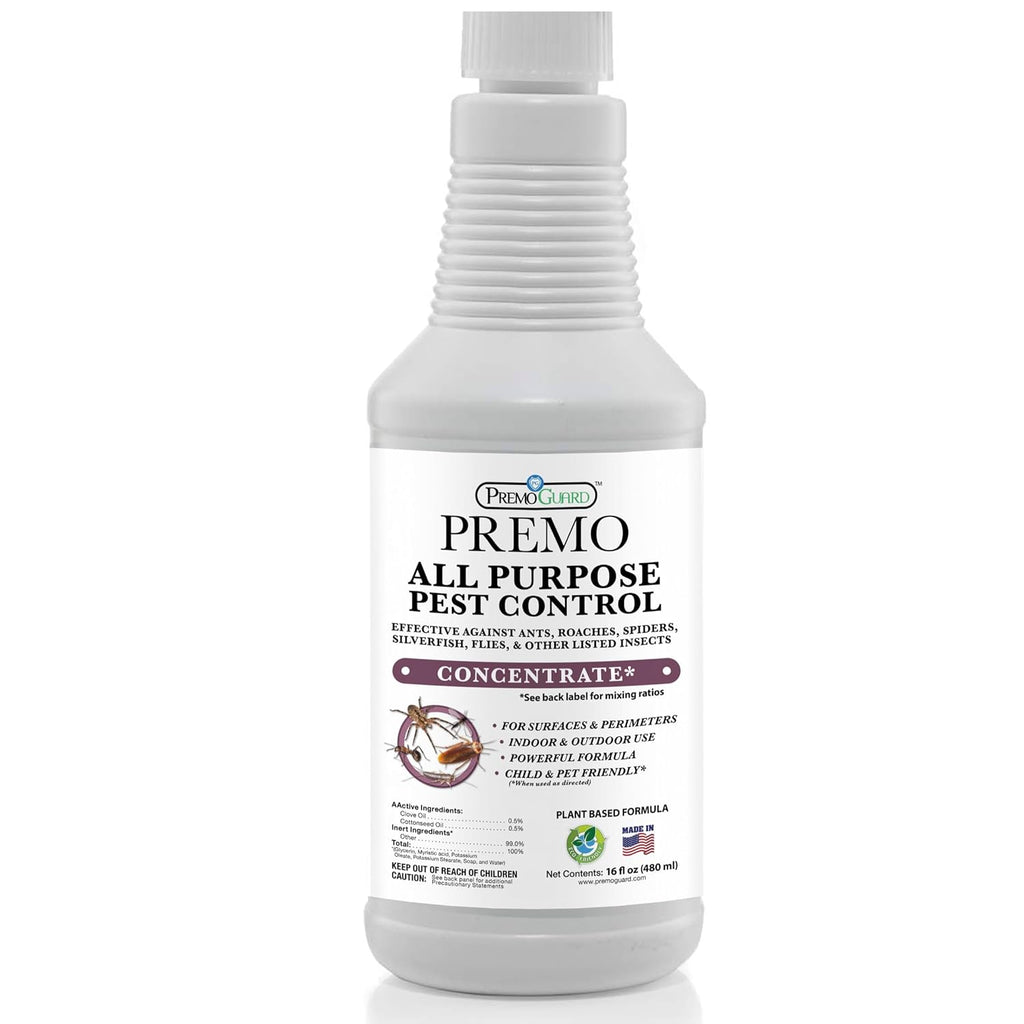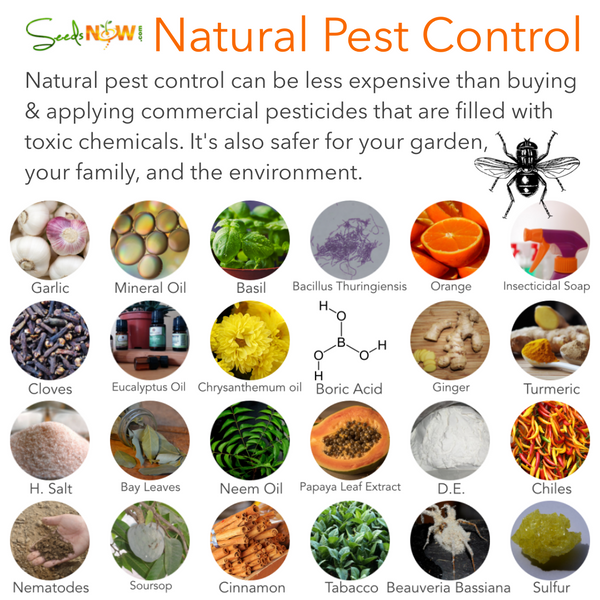The 15-Second Trick For Pestwise
The 15-Second Trick For Pestwise
Blog Article
All about Pestwise
Table of ContentsTop Guidelines Of PestwiseThe 10-Minute Rule for PestwiseThe 3-Minute Rule for PestwiseExamine This Report on PestwiseThe Single Strategy To Use For PestwiseGetting The Pestwise To WorkPestwise Fundamentals Explained

Q. Define "integrated pest monitoring" (IPM) and checklist a number of possible control methods that might be utilized in an IPM approach. A. Integrated bug administration is the combining of ideal bug control strategies right into a single strategy to minimize insects and their damages to an acceptable degree. Bug control tactics might include: host resistance, organic control, cultural control, mechanical control, hygiene, and chemical (pesticide) control.
A Biased View of Pestwise
What can you do to maintain the bugs you are trying to manage from coming to be resistant to the pesticides you make use of? A. Pest resistance can be lowered by using incorporated pest administration and rotating the kinds of pesticides used.
Bugs are a vital hazard to the farming business, and integrated bug monitoring helps growers address and alleviate these threats. Integrated pest management uses a number of approaches in facility, thus being a more effective service to the problem. Commercial Pest Control. Particularly, getting rid of aggressive chemical techniques permits decreasing injury to individuals and the environment by utilizing natural and safer options rather
Pestwise - Truths
The objective of integrated parasite monitoring is to minimize this damage and control appropriate problem degrees as opposed to remove all unwanted populations. This is why it is necessary to understand what measures are warranted in each situation and use aggressive ones just when other integrated administration methods don't function. Integrated management mitigates the unfavorable repercussions of a non-IPM method, and the main advantages of IPM Advantages of IPM.
A correct understanding of the problem scope determines if the problem needs to be resolved. are the next parts of an IPM program because it is necessary to recognize if the microorganisms make prospective risks and select the incorporated management choices or the details chemical use. mean to reduce problems by applying various agronomic techniques.
How Pestwise can Save You Time, Stress, and Money.
Integrated monitoring options in an IPM program start with more secure to more aggressive ones. The above-mentioned integrated administration elements assist recognize exactly how to intend and apply an IPM program action by step: Screen your crops routinely.

Among others, IPM social techniques include the adhering to field management techniques: dirt treatment; selection of ideal plants; plant rotation; interplanting or strip cropping; choice of planting days; weed control; usage of trap plants. Favorable dirt problems speed up plant growth, and strenuous crops are extra resistant to infestations. Healthy and balanced seed startings and seeds predetermine effective plant development, so it is essential to pick pest-free growing material with strong origins.
, which is also used in the integrated insect management system. Alternatively, problems increase when plants of the same crop kind or household expand with each other.
In a similar way, potato beetles can hurt growing potatoes, as well as tomatoes. Planting trap plants in spots is one more alternative for IPM intercropping. This incorporated bug monitoring technique recommends drawing in insects to particular plants and after that controlling them with chemical or mechanical techniques. In particular, you can expand soybeans as catch plants for Japanese beetles.
The Pestwise Ideas
Obstacles are typical instances of physical IPM methods. Mature pests or their eggs and larvae are collected by hand and damaged.

Department of Plant Sciences. College of Missouri. Soil solarization is a reliable integrated administration strategy to disinfect the area by warming it in a natural helpful site method. This incorporated monitoring technique indicates an usual way of ruining parasites by predators, parasitoids, microorganisms, and various other biological control agents (aka hostile microorganisms). The role of biological control in IPM is to.
Unknown Facts About Pestwise
With time, their population transformed out to be a genuine problem to farmers together with native kangaroos or dingoes. The walking stick toad is another case illustrating incorporated organic control failure in this regard when it refused to hunt the target species and came to be a parasite itself. Parasitoids create on or within their hosts to ultimately kill them after maturing.
Report this page